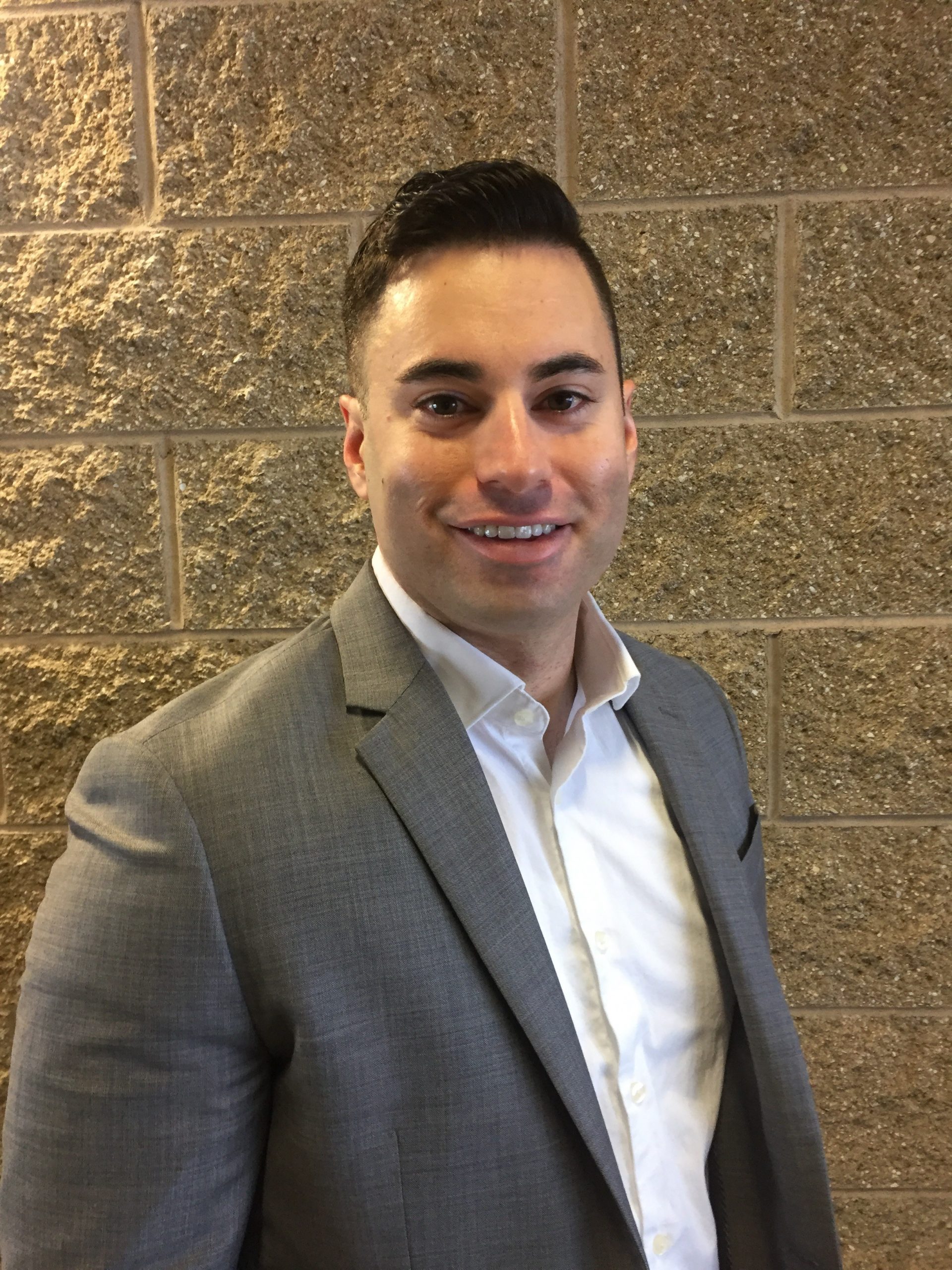In today’s digital age where information is just a click away, those who are struggling with substance use disorders (SUDs) often turn to search engines for guidance.
The internet provides a wealth of information on various addiction treatment options, ranging from rehab facilities and support groups to therapy resources and educational materials. For many, these online resources can give them the anonymity and accessibility they need to acquire this information.
This can be both a blessing and a curse.
On one hand, it allows addicted individuals to research and explore treatment options discreetly, without fear of judgment or stigma. After all, stigma remains one of the biggest obstacles towards treatment. The internet lets them access the knowledge that they need to make that first step towards recovery.
On the other hand, the vast amount of information available can be overwhelming and sometimes misleading. Those who need to go to rehab must carefully verify sources in order to receive the help that they need.
Nevertheless, the internet remains an important tool in the journey towards recovery. It connects addicted individuals with vital resources that can be beneficial to them. They can also find communities that can offer the necessary support and encouragement needed to overcome addiction.
As for addiction treatment centers, search engine marketing (SEM) has evolved into a necessary strategy for them. This digital shift has transformed the way treatment centers reach those in need. In today’s digital world, SEM is a critical tool for connecting with potential patients. This is what we will discuss here today.
Understanding the Need for SEM
As we all know, addiction is a complex medical condition that affects millions of people around the world.
For those who are struggling, finding the right treatment center can be a challenging task. Many begin their journey online, using search engines to explore options and gather information. This is where SEM becomes pivotal.
Search engine marketing ensures that treatment centers are visible and accessible when individuals search for addiction help. Therefore, this strategy can significantly benefit addiction treatment centers by increasing their visibility online and reaching those who are actively seeking help for their substance abuse problems.
SEM allows addiction treatment centers to precisely target their audience based on geographic location, demographics, and even behaviors and interests. This targeted approach ensures that marketing efforts are focused on reaching those who are most likely to be in need of their treatment services.
For example, ads can be tailored to appear to users searching within a specific city or region, ensuring that local residents in need of assistance find relevant treatment options quickly and easily.
Key Components of SEM for Addiction Treatment
Done correctly, search engine marketing can increase your visibility online. It can also lead to higher conversion rates for addiction treatment centers.
When people click on SEM ads, they are often directed to specific landing pages designed to encourage them to take action, such as calling a helpline, filling out a contact form, or scheduling an appointment.
This direct response mechanism can generate qualified leads for rehab facilities. This ultimately leads to higher patient admissions and better outcomes for patients.
SEM not only enhances the online presence of addiction treatment facilities but also facilitates the connection between those in need and the resources that can help them recover. Here are some of the key components of successful SEM.
Keyword Strategy
One of the key advantages of SEM lies in its ability to target specific keywords related to addiction treatment, such as “drug rehab centers near me”, “alcohol detox programs”, “inpatient rehab facilities”, or “substance abuse counseling”.
By bidding on these relevant keywords through platforms like Google Ads, treatment centers can ensure their ads appear prominently in search engine results pages (SERPs) when potential patients are actively looking for help.
SEM aims to connect individuals in need of support with the right resources and services. The development of a targeted keyword strategy is therefore a fundamental component of SEM for addiction treatment.
The keyword strategy must be comprehensive yet focused, aligning with the specific services and specialties offered by the treatment center.
Long-tail keywords can be particularly effective. These are keywords that are more specific and usually involve longer phrases. For example, “luxury drug rehab facilities in [city]” or “affordable alcohol detox programs” target users with clearer intent. This can potentially lead to higher conversion rates.
Including negative keywords (terms for which you do not want your ads to appear) is also essential. This refines targeting and ensures the ads are shown to the most relevant audience.
Optimized Landing Pages
Another key component of search engine marketing for addiction treatment is the creation of landing pages specifically tailored to the needs and queries of potential clients.
These landing pages are designed to be highly relevant and informative. They provide clear and concise information about treatment options, facility details, and therapy approaches used by the rehab center. Landing pages must also have the center’s updated contact information.
By optimizing these pages with relevant keywords and compelling content, SEM helps ensure that they appear prominently in search engine results.
SEM-optimized landing pages are also helpful when it comes to increasing conversion rates. These pages are structured to facilitate a seamless user experience, with intuitive navigation, clear calls-to-action (CTAs), and forms that are easy to fill out.
The goal is to encourage visitors to take the next step in seeking help, whether it’s calling for more information, scheduling an appointment, or requesting a consultation.
Rehab centers can use conversion optimization techniques like A/B testing CTAs, using persuasive language, and ensuring mobile responsiveness. These strategies can maximize the likelihood that visitors will convert into leads or clients.
By focusing on creating optimized landing pages, SEM enhances the effectiveness of addiction treatment marketing efforts.
Local SEO
Local SEO or search engine optimization focuses on optimizing a treatment center’s online presence to attract nearby individuals that need their services. This includes optimizing your Google Business Profile (GBP) and local listings.
By ensuring accurate and up-to-date information on GBP, treatment centers can improve their local search rankings. Make sure your address, phone number, and business hours are up-to-date and accurately listed on your GBP.
Another essential component of SEM for addiction treatment is creating relevant, location-based content. This includes generating blog posts, articles, or FAQs that address common questions or concerns related to addiction recovery specific to the local community.
By incorporating local keywords and phrases that potential patients might use in their search queries, treatment centers can align their content with local search intent. This further boosts their search engine rankings.
Finally, building backlinks from local websites can further enhance a treatment facility’s reputation and visibility in search results.
SEM strategies focused on local SEO are instrumental in helping addiction treatment centers reach their target audience effectively.
By optimizing your GBP profile, building local backlinks, and creating location-specific content, you can attract more people in need of your help. These efforts not only enhance your search engine rankings but also contribute to establishing trust and credibility within the local community.
Content Marketing
Speaking of creating content, content marketing plays a crucial role in search engine marketing.
Addiction treatment facilities should focus on creating and distributing valuable, relevant, and consistent content to attract and retain their targeted audience. In the world of drug addiction treatment, content marketing aims to educate and inform individuals about addiction’s effects and various treatment options.
Content can also inform individuals and their families about the importance of seeking professional help. It also breaks down misconceptions about rehab and addicted individuals.
Because of stigma, many people still believe addiction is a moral failing rather than a complicated medical condition. Content marketing helps educate people and challenge those notions. Education also encourages more people to seek the treatment that they need.
Key components of SEM include developing high-quality content like blog posts, articles, videos, and infographics that address common questions, concerns, and misconceptions related to addiction and recovery.
Digital marketers can then implement local SEO and other strategies to optimize their content for search engines.
By leveraging SEM principles, content marketers can increase the visibility of addiction treatment resources online. At the same time, they can educate more people regarding addiction and the treatment process. This fosters trust and engagement, guiding individuals towards making informed decisions about their or their loved ones’ recovery journey.
PPC Advertising
Pay-per-click (PPC) advertising allows treatment centers to bid on keywords related to addiction treatment. This can be highly effective in reaching potential clients.
PPC advertising allows addiction treatment centers to target specific keywords related to addiction recovery, rehabilitation, and related services. This targeted approach ensures that the ads are displayed to users actively searching for information and assistance. It’s a great method for increasing the likelihood of reaching people who are in need of help.
One key component of PPC advertising for addiction treatment is the ability to geo-target. Treatment centers can specify geographic locations where they want their ads to appear, ensuring they reach potential patients in their service area.
This is particularly important in the world of addiction treatment, as patients often prefer local options for convenience and accessibility.
Moreover, PPC campaigns can be optimized to appear at specific times of day or days of the week when people are more likely to be searching for information. This enhances the efficiency of ad spend and maximizes the impact of the campaign.
On top of all this, PPC campaigns can be tailored with specific ad extensions that provide additional information. They can add contact details, direct links to the treatment center’s website, and even call extensions for immediate contact.
This direct engagement potential is crucial for those who may need immediate assistance or guidance.
Ethical Considerations
While SEM offers powerful tools for connecting with people in need, it is important to adhere to ethical guidelines.
Treatment centers must provide accurate information, avoid misleading claims, and prioritize patient well-being in their marketing efforts. Compliance with regulations such as the Health Insurance Portability and Accountability Act (HIPAA) is crucial to maintaining trust and integrity.
One essential component is transparency in advertising. Ethical SEM practices demand that advertisements provide clear, accurate, and honest information about the services offered, treatment approaches, and outcomes.
This transparency helps prevent misleading people who are vulnerable due to their addiction struggles. It also ensures that potential clients have realistic expectations about the services they might receive.
Another vital component of SEM for addiction treatment is compliance with legal and regulatory standards.
Ethical considerations dictate that SEM campaigns must adhere to local, national, and international laws regarding healthcare advertising, especially concerning addiction treatment. This includes avoiding false claims and refraining from tactics that might exploit individuals seeking help for their addiction.
Advertisers should also avoid using overly aggressive language, fear-based tactics, or exploiting emotions to drive clicks or conversions. Instead, SEM efforts should focus on providing valuable information, fostering trust, and guiding individuals toward reputable treatment options.
By strictly following these legal frameworks, SEM campaigns can maintain integrity and credibility while protecting the well-being and rights of potential patients.
Work with MasterMindSEO
SEM not only enhances visibility but also plays a vital role in guiding patients toward the help they need on their journey to recovery.
As the digital landscape continues to evolve, SEM remains a cornerstone of addiction treatment marketing strategies. By understanding search behaviors, utilizing targeted keywords, optimizing local presence, and delivering valuable content, treatment centers can effectively reach and support those seeking recovery.
If you’re looking to expand your reach and attract more clients, it’s time to utilize these search engine marketing techniques.
By prioritizing ethical practices, building trust through education and support, and leveraging technology responsibly, addiction treatment facilities can make a meaningful impact in the lives of those struggling with addiction.
MasterMindSEO has experience in performing digital marketing campaigns for e-commerce, national, regional and local businesses. Email or call and we will be happy to see how we can help your center get more leads and help more patients!
Ready to take your addiction treatment SEO to the next level? Want to rank your detox center on Google Maps? Let MasterMindSEO help you.
[button color=”undefined” hover_text_color_override=”undefined” url=”https://bookme.name/MasterMindDBS” text=”Get More Admits!” color_override=””]

